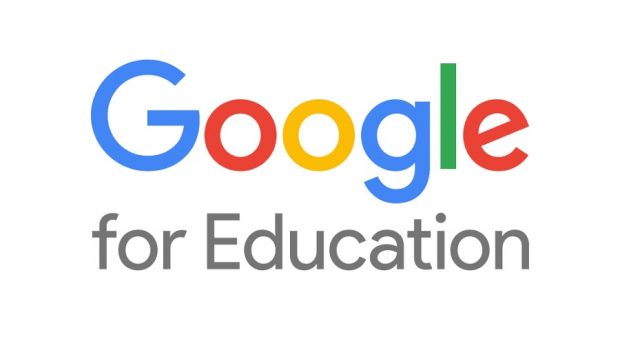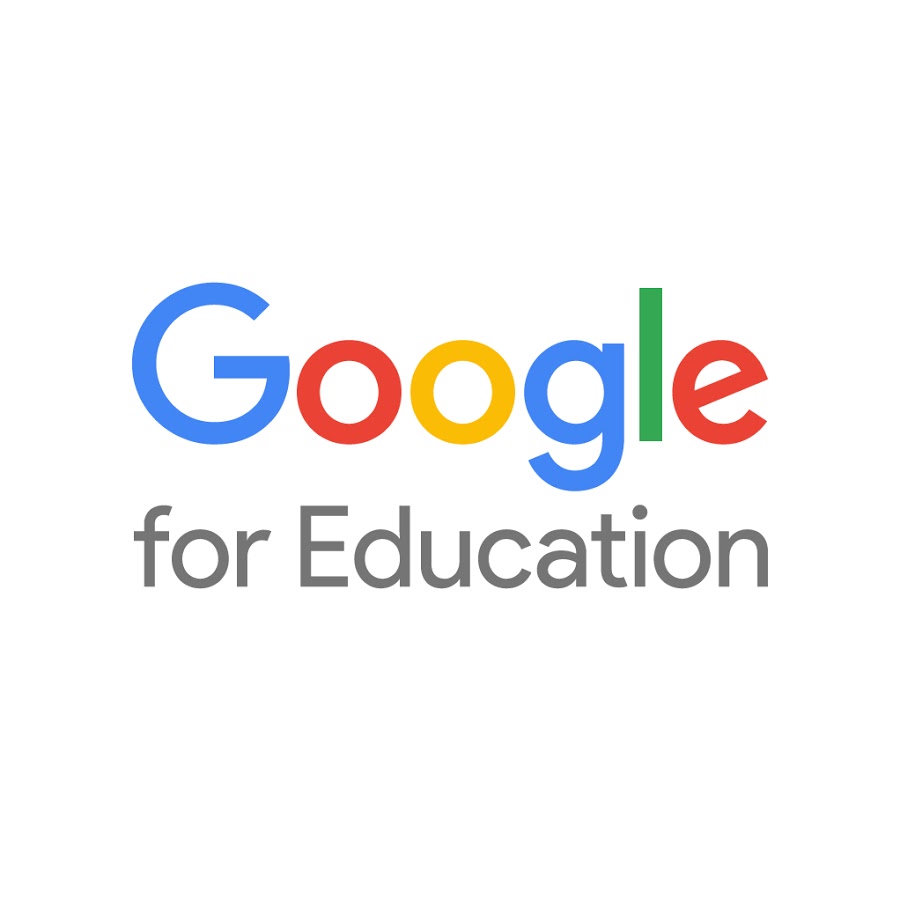7 Effective Ways to Use Google for Education
Google has been into a lot of non-profit work and one of the best examples of this is Google Suite (previously Google Apps) for Education. It’s been more than a decade since Google Introduced productivity collaboration solutions for educational institutions and there are nearly 70 million active G Suite for Education users.
Now, If you’re curious, here’s how you can effectively use G Suite for Education that include the following tools:
- Google Scholar
If Google.com isn’t helpful enough, try Google Scholar for your research. It’s a free search engine for scholarly literature.
You can search journals or get quick citations, and if you need something for future usage, just save it to your library. If you’re researching on current events or something that keeps developing, set up alerts to get notified as soon as there’s something new related to your query. If you’re a law school student, you can search for case law articles and narrow down your search to specific courts.
- Google Classroom
Classroom is a learning management system by Google which was recently introduced in 2014. It aims to simplify creating, distributing and grading of assignments in a paperless way.
Centralize study material to one place, make announcements to all, communicate with students/teachers and share your ideas with others. Google Classroom is like a digital class where you have access to study material, even when you aren’t present there physically.
Here students can ask questions, teachers can post assignments or make announcements to the whole class without any hassle. One nifty feature of Google Classroom that every teacher dreams about is reusability of posts. If there’s an assignment that’s similar to a previous one, you need not start all over again, just reuse the previous post.
- Gmail
Communication is essential for better learning and Gmail does it for free, and better than anyone else. Although the core features of Gmail have been implemented in Google Classroom, it is as a standalone product useful for everyone. You could send notes and assignments with attachments up to 25 MB (check out Google Drive if it’s not enough). Gmail can be accessed from anywhere: your smartphone, laptop, or even micro-computing devices like Raspberry Pi.
- Google Alerts
We’ve already discussed the alerts feature of Google Scholar; you can think of Google Alerts as the core technology behind it. Suppose you’re searching for something that happened recently (example – an educational event or a competition). Different publishers may post multiple updates on the event in the coming days. But it isn’t possible for everyone to check every couple of hours for new updates and you shouldn’t be wasting your time doing this anyway. Just try Google Alerts. Set an alert for anything you’re searching for and if there are any new updates, you’ll receive a push notification via mail.
This sounds helpful, right? It makes things more helpful if integrated with other Google Apps like Calendar and Google Now.
- Google Books
So, what’s better than googling stuff for research? Books! Agree or not, books provide the most accurate solution to your problem. But buying books can be costly. Don’t you agree? Say no more. Google Books looks for full text magazines and books that have previously been scanned by the company and converted to text with the help of OCR, which stands for optical character recognition, and then stored in Google’s database. And the best part? It’s free.
- Google Hangouts
Hangouts is a free video conferencing tool from Google as a part of G suite for Education. Up to 10 users can connect at a time. It’s a great way to communicate effectively via video anywhere around the world. There are number of ways teachers can use Hangouts like broadcasting live sessions or interactive two-way video conversations. Students can drop in and see what’s happening, interact with others in the conversation and save things for later. The archiving functionality serves as a viable online portfolio solution for teachers.
- Google Drive
Drive has evolved beyond a cloud storage platform; it’s a productivity tool now. With unlimited free storage for education users, it’s the best possible productivity and collaboration solution for educational institutions. Google Drive doesn’t come alone – there’s Docs, Slides, Sheets and Forms. Although these are standalone products, they rely on Drive for functionality. You can think of them as Microsoft Office Suite’s Google-made version.
Google Docs, Sheets and Slides can be used to create documents, spreadsheets and presentations respectively, while Forms, as the name suggests, is a platform to build forms and get responses. Collaboration is a core part of these tools, which means a number of people can work together on documents, spreadsheets or presentations. Useful for Group Projects, right?
EdTech has evolved a lot and Google has played an important role in the evolution. Google’s aim is to digitize the way education is imparted, even in the remotest parts of the world. And Google is working hard for it. As Google says, “It doesn’t matter how big your institution or budget is. Google provides easy tools to engage students whenever, wherever, on any device”.
Author bio:
Ben Russel is a diligent blogger from SolidEssay writing on topics related to education and technology. He’s often invited by schools to share his experience with students and teachers.
















